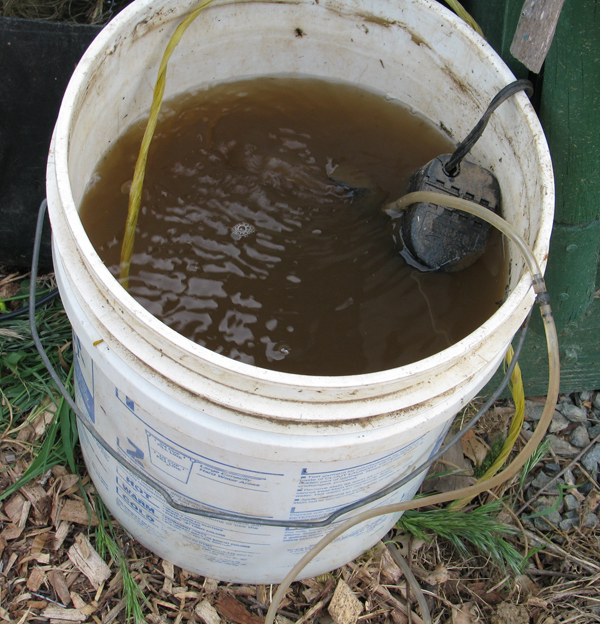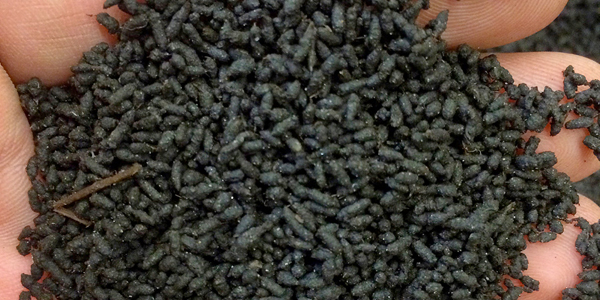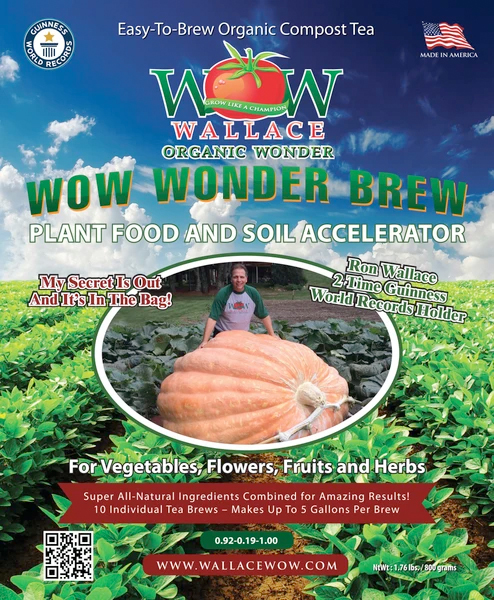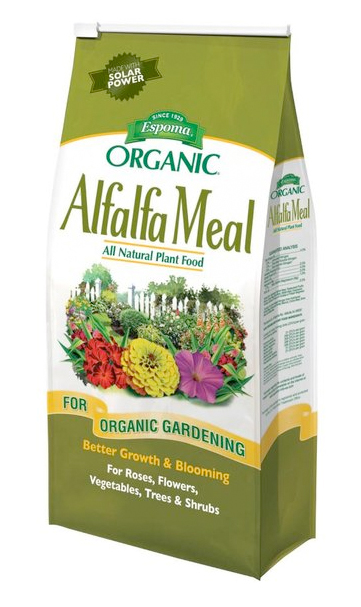
Chapter 26
Aerated Compost Tea
Aerated compost tea (ACT) is used to introduce microorganisms into your garden soil. Good ACT contains thousands of beneficial aerobic bacteria, nematodes, fungi, and protozoa depending on how it is made. ACT is relatively easy and cheap to make. All you need is an inoculant of beneficial bacteria and fungi, food for them to eat, dechlorinated water, oxygen and an ACT brewer.

Worm castings and aerobic compost are the best inoculant choices. The worm castings are rich in beneficial microorganisms. Good ACT should be full of beneficial microorganisms if it was properly made.
The quality of the compost or worm castings used to make compost tea is critical. The compost should be full of beneficial microorganisms if it was properly made. If you don't have some you can buy it. Fresh worm castings can also be purchased. The tea can only amplify the biology already present in the compost or castings. So, you want an active compost, one that has at least both bacteria and fungi, to serve as your inoculant. Compost piles that have been curing for three to six months are more likely to be fungal-dominated, while piles that have been curing for one to three months, tend to be more bacteria-dominated. If you can use a more fungal-dominated compost pile as an inoculant, that could give you a bit of an advantage. In my case, I don't believe my compost is all that great and I don't have any worm castings and so I will buy an inoculant for my ACT.
Bacteria are very easy to grow in your tea. They are easy to extract and they like growing in water. If you test your tea and find it to be fungi deficient but strong in bacteria, it is still good for inoculating your site with beneficial bacteria. You will just have to find another way to get replenish the fungi in your soil.
The food sources you add to your compost tea will determine the composition of microorganisms that grow in it, as bacteria and fungi favor different food sources. Different recipes call for different ingredients, and these different ingredients allow you to select for a more bacterial or fungal tea. A mixture of these foods will create a tea with both bacteria and fungi.

Food sources for bacteria include simple sugars, simple proteins and simple carbohydrates. The most commonly used food source in compost tea recipes is unsulphured molasses. Another bacteria food sources fish emulsion. The most commonly used compost tea food sources for fungi are fish hydrolysate, kelp/seaweed and humic acid.

Use an air pump to keep your tea sufficiently oxygenated. You can either buy or make yourself a brewer. Plans and products are available online. Lots of compost tea brewers have pumps or bubblers that provide good aeration, but they may not provide the necessary agitation you need to truly aerate the water and knock the organisms, like fungi, off the organic matter and into solution. Fine bubbles don't aerate water. It's the breaking of the surface of the water that gets oxygen into it. So instead of a lightly bubbling compost tea, you should aim for more of a rolling boil, or churning. To achieve this, you may have to play around with a few different air pumps or generative blowers. There are several descriptions on YouTube that will help you build an aerated compost tea brewer inexpensively.
How to make ACT
Fill a 5 gallon bucket with non-chlorinated water. The water should be room temperature. If you are using tap water, let it sit uncovered for 24 hours to off-gas any chlorine, or add humic acid to deal with chloramine.
Insert your bubbler mechanism into the bucket.

Put the inoculant in a stocking or mesh bag, and tie it off and suspend it in the water.
Add the food.
Insert the brewer mechanism into the bucket and allow the brewer to bubble for 24 hours and for no longer than 36 hours. Do a soil biology test on your first few batches to see if you have good microbe production.
Make sure to clean your bucket and pump for your next round of tea.
Use your compost tea within four hours of turning off the bubbler, since after that amount of time without oxygen your aerobic microorganisms will begin to die. Dilute it by getting a second 5 gallon bucket and dividing the brew so that half is in each bucket and then filling the bucket with addition non-chlorinated water. Fill a watering can and apply the ACT as a drench to the base of your plants. It is best to apply your tea to moist soil or after a rain, on a cloudy morning or in the evening as some microorganisms do not like baking in the hot sun.
With actively aerated compost tea, you can't really have too much of a good thing. Some sources recommend that you use a minimum of about one gallon of tea for 1,000 square feet of contaminated land. When you are using tea for drenching the soil you may choose to not dilute your tea. You can apply tea waiting anywhere from two weeks to one month between applications.
ACT Recipes
Bacterial/Fungal Recipe
- 5 gallons dechlorinated water
- ½ teaspoon fish hydrolysate
- 2 tablespoons unsulfured black strap molasses (can use powder)
- ½ tablespoon kelp meal
- 2 cups worm castings or 2 cups compost
Fungal/Bacterial Recipe
- 5 gallons dechlorinated water
- 1 ½ teaspoons fish hydrolysate
- 1 tablespoon unsulfured black strap molasses (can use pow
- 1 tablespoon alfalfa meal
- 2 cups worm castings or 2 cups compost

There are products you can purchase which contain all of the ingredients you need to make ACT in small premeasured packages from such places as WOW, owned by champion pumpkin grower, Ron Wallace. It might be worthwhile to try this in your first year as you gain experience.
Here's how you can make your own ACT system on youtube:
https://www.youtube.com/watch?v=xr-VhOoUC6I


